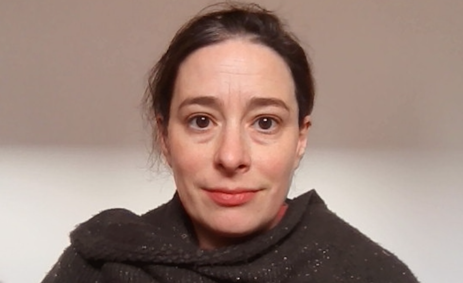Visual graphics are powerful in conveying the urgency of environmental challenges, and few images illustrate this as effectively as Ed Hawkins' iconic Warming Stripes. This widely recognised graphic uses shades of blue and red to show the increase in global average temperatures, marking hotter years in red and cooler years in blue. The Warming Stripes have become a striking reminder of the warming trend our planet has seen since 1850 and has inspired similar graphics, including Biodiversity Stripes and, more recently, Air Quality Stripes.
A new BBC Future article explores the potential of such visuals to inform and engage the public on urgent environmental challenges. The article discusses the impact of the Warming Stripes and the powerful visuals they have inspired, illustrating how seeing a story in colour can be as impactful as words alone.
The Air Quality Stripes
The Air Quality Stripes visualisation uses colour-coded stripes to represent global changes in particulate matter air pollution levels over time. Spanning from 1850 to 2021, they provide a striking look at the evolution of particulate matter pollution levels across the globe. The air quality stripes tell the tale of changing trends, with improvements in air pollution achieved in much of Europe, North America and eastern Asia and rapid deteriorations in air quality in much of Africa and central Asia.
The response overall has been really positive. I certainly don't think we would have received as much interest if we had just done a series of line graphs, without them being visually striking as well as informative. We were very much inspired by the climate stripes because they are a very effective tool for messaging.
Led by Dr. Jim McQuaid (University of Leeds) and myself, the Air Quality Stripes combined Earth System Model data and satellite observations to shows the change in PM2.5 in over 150 cities around the globe. Periods of high pollution are marked by dark, intense shades, visually contrasting with lighter colours blue that represent cleaner air.
The project is a collaboration between the University of Edinburgh (EPCC), the University of Leeds (School of Earth and Environment), the Software Sustainability Institute, the UK Met Office and North Carolina State University. The images were produced by: Kirsty Pringle, Jim McQuaid, Richard Rigby, Steve Turnock, Carly Reddington, Meruyert Shayakhmetova, Malcolm Illingworth, Denis Barclay, Douglas Hamilton and Ethan Brain.


